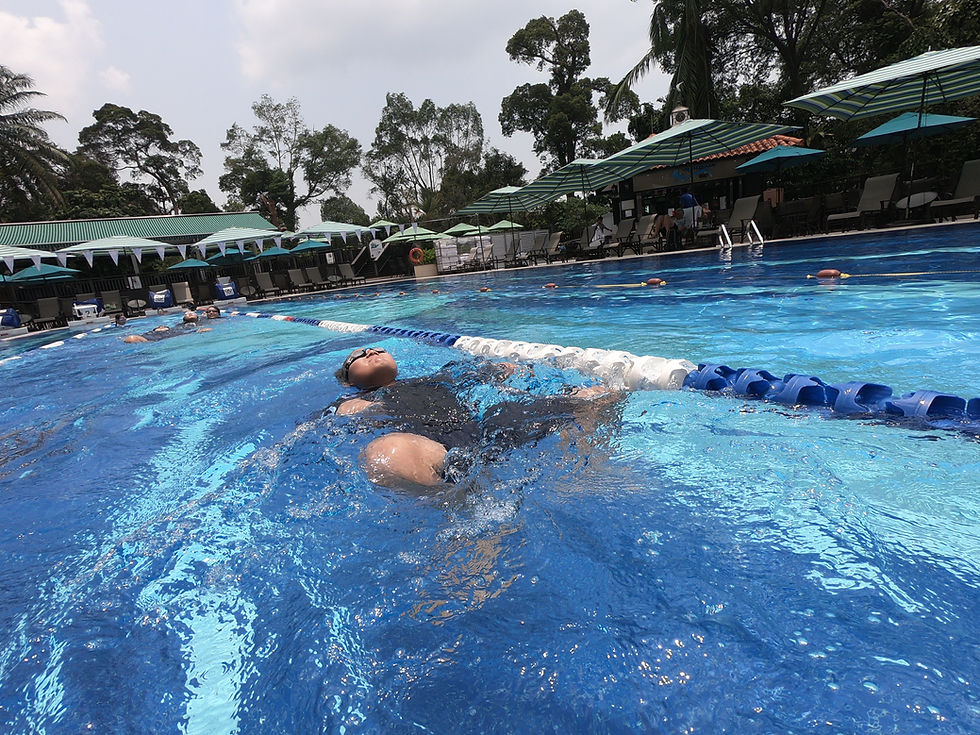How to Teach Kids to Recognize Water Hazards
- SG Sink Or Swim

- Aug 21
- 2 min read

Swimming is one of the most enjoyable and beneficial activities for children, but safety must always come first. Teaching kids to recognize water hazards is a vital part of water safety education. Whether they are swimming in a pool, lake, or ocean, children need to understand that while water can be fun, it can also present risks. By helping them identify dangers early, you empower them to make smart choices and stay safe in and around water.
🌊 Why Teaching Kids About Water Hazards Matters
Many water accidents involving children occur not because they can’t swim, but because they don’t recognize risky situations. By learning to spot hazards such as deep water, currents, slippery surfaces, or unsafe equipment, kids are better equipped to avoid danger. Awareness builds confidence while reducing the likelihood of accidents.
🚸 Common Water Hazards Kids Should Learn About
1. Depth and Drop-Offs
Teach kids that shallow water can quickly become deep.
Use pool markings to show them safe areas for their height.
Explain why diving should only happen in designated deep areas.
2. Slippery Pool Decks
Emphasize the importance of walking, not running, near pools.
Show how wet surfaces increase the risk of falling.
3. Currents and Waves
In lakes, rivers, or oceans, explain how water moves differently than in pools.
Teach the basics of rip current safety: swim parallel to the shore instead of against the current.
4. Obstacles in Water
Point out pool drains, ladders, floating toys, or ropes as things to avoid getting stuck in.
In natural water, explain how rocks, plants, or debris can be hazards.
5. Weather Conditions
Teach kids why swimming during storms, especially with lightning, is dangerous.
Encourage them to listen to lifeguards or adults about safe swimming times.
🏊 Practical Ways to Teach Kids Water Safety
🔹 Use Games and Role Play
Turn hazard recognition into fun activities:
Point-and-spot games: have kids identify potential dangers at the pool.
“What would you do?” scenarios: ask them how they’d react to slippery floors or deep water.
🔹 Set Clear Rules
Reinforce simple, memorable rules like:
Always swim with a buddy.
Ask before entering the water.
Stay where you can touch the bottom unless supervised.
🔹 Lead by Example
Show kids safe behavior:
Always check depth before jumping in.
Use proper equipment, like life jackets in open water.
✅ Key Takeaway
Teaching kids to recognize water hazards doesn’t need to be scary—it can be empowering. Through education, games, and clear rules, children can learn to enjoy the water responsibly. By raising awareness early, you not only prevent accidents but also help kids build lifelong confidence and respect for aquatic environments.





Comments